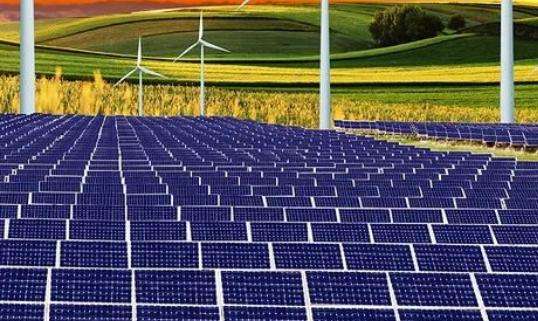This depends on the power of the wind turbine. If the wattage is large, the power generation will be large; if the wattage is small, the power generation will be small. China's largest wind turbine is 2 megawatts, with a daily power generation equivalent to 11 tons of high-quality coal.
The generator rotates one or two thousand revolutions per minute, while the wind turbine only generates one thousand kilowatt hours of electricity per hour. This is directly related to the capacity of the unit.
For example, in a 1.5-megawatt wind turbine, the generator spins about 1,800 revolutions per minute, producing 1,500 kilowatt-hours per hour, and the impeller spins about 18 times per minute.
This is related to factors such as the type and capacity of the fan and the speed of the generator.
For example, for a 2MW direct-drive wind turbine, its permanent magnet generator reaches the rated speed, such as 17 revolutions per minute, and it takes 60/17=3.5 seconds to make one revolution. If a 2MW wind turbine generates electricity continuously for 1 hour at rated speed, the amount of electricity generated in 3.5 seconds is 3.5*2000/3600=1.94 kilowatt hours, which is how much electricity is generated in one revolution.
For doubly-fed fans, it is also related to the gearbox reduction ratio.
No, let me tell you roughly, the fan is 1500kw. If it's full, it will spin at 17 revolutions per minute. If you do the math, one rotation is 1.47 kilowatt-hours of electricity. This is just an approximation and is not accurate.
It’s very simple, because of the number of induction coils. The coils required to reach full power at 1800 rpm are less than those selected at 1500 rpm. In today's wind power situation, cost reduction means survival.
In addition, because of the specific wind speed of the wind field, the wind speed is fast and the blade cutting surface is large, so it must be designed to rotate at 1800 rpm.














